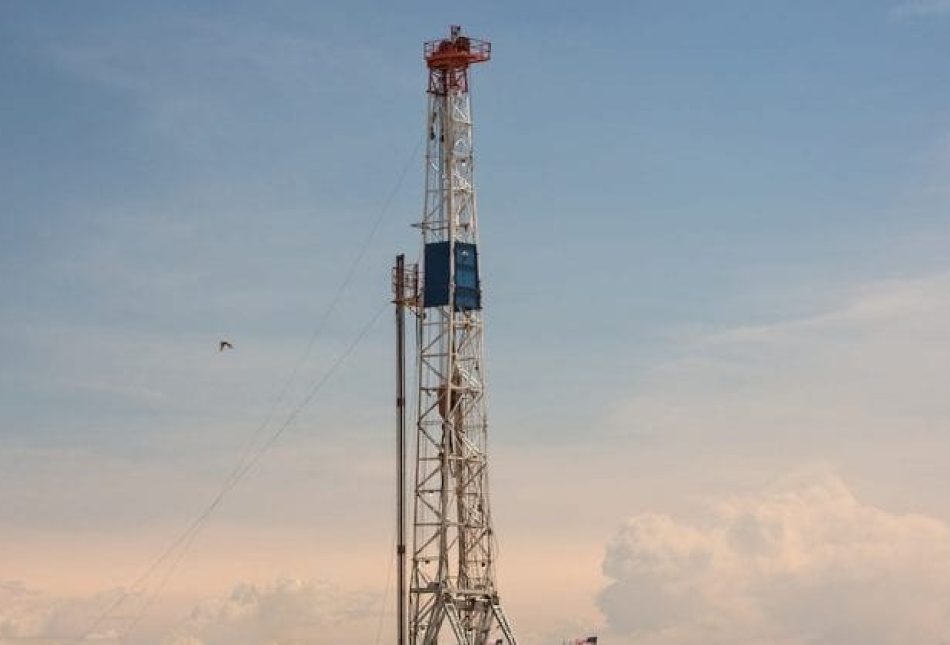Galisteo Drilling a Boon for Area and State

In most places in the United States, including New Mexico, oil and gas discovered on one’s land would be seen as a blessing, and in fact large fortunes have been made through surface leases and royalties. After all, oil and gas have been integral to our daily lives for more than a century and will remain so for the foreseeable future.
Eventually, economically viable (i.e. without government subsidies) alternative forms of energy might be found, but until then, oil and gas production benefits not only industry investors and company shareholders, but workers, landowners and government coffers.
Unfortunately, the fact that oil and gas drilling in the Galisteo Basin is even being considered by Houston-based Tecton Energy has caused an ill-informed but vocal group of anti-growth activists to protest that Tecton might make a profit on a venture in which they are willing to invest their own capital despite a significant risk of failure. If they do not succeed in their quest, only they and their investors lose: If successful, everyone wins.
Before we run Tecton out of town and the Galisteo Basin is shut off from future exploration, let’s look at the real issues, free of emotion. We all benefit from oil and gas production, from fuel for our automobiles, to fuel for the trucks that deliver food and other products to local stores. Beyond transportation, plastics used by everyone are hydrocarbon-based.
Clean-burning natural gas is used for home heating and provides
18 percent of America’s electricity generation, a number which is growing rapidly. Gas is really today’s clean, alternative energy source, but more is needed to offset declining U.S. production. Perhaps the Galisteo Basin will yield gas as well as oil — only drilling will tell.
Since Santa Fe County has no production yet, its residents benefit from long-established reserves in places like Farmington, Hobbs, Artesia and Roswell. If it is acceptable there, why are Santa Fe residents so against drilling in the Galisteo Basin? An old adage in the oil business is simply “oil is where you find it.” In other words, we cannot dictate where Mother Nature and the ancient processes of geology created it. The Galisteo Basin just might be one of those favored places!
Part of the issue is undoubtedly the fact that the median household income in Santa Fe is in excess of $42,000, while in San Juan County the number is $34,000, in Chaves County it is $28,500, and in Lea County the figure is $30,000.
To an objective outsider it would seem that for some local opponents of oil and gas production, such activities are fine for the folks in the northwestern and southeastern parts of the state, but heavy industry should be kept out of their sight. Many oppose exploration and production based on environmental concerns, primarily on the perceived threat of damage to fresh water aquifers.
This is a valid concern, but standard industry practice entails installing steel casing through aquifers that are usually shallower and separate from the objective oil and gas zones. Thus, the aquifers are sealed off from any contamination. Modern technology will utilize centralized drilling and production pads, limiting wellheads and facilities to a small footprint.
If the residents of the Galisteo Basin are so committed to preventing exploration of legally acquired surface and mineral rights, they and any other sincere residents of Santa Fe should form a consortium to buy those rights from Tecton and forego the rewards of potential oil production. They could even sell the water to Santa Fe, as a value will have been placed on that valuable commodity!
As residents of New Mexico, a state that is reliant for a greater percentage of its budget on severance taxes than all but Alaska and Wyoming, we benefit from the largesse that oil and gas revenue brings to the state. Before stopping drilling in Galisteo Basin, we should look at the pluses and not just the perceived minuses of drilling.
Santa Fe County resident James B. Taylor serves the Río Grande Foundation as an adviser on oil and gas issues.

